Blog 5 – My vision of leadership
The business and leadership studies have given me a wider perspectives on leadership. I am able to see that there are different forms and styles of leaders in which will affect the employees and the organization as a whole. Furthermore, it had also exposed me to the different leadership styles across different industries that I have made research on, such as the retail industry, the beverage industry and also the airline industry.
My vision of leadership is as how John Fitzgerald Kennedy puts it, which is that ‘leadership and learning are indispensable to each other’. I share the same concept as what he believes in. Though not denying that leadership characteristics are important, improving yourself through learning is important too.
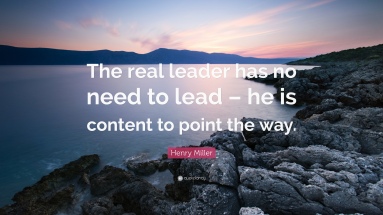
Source: quotefancy.com
Quoting from Henry Miller, a leader will need to have sufficient content knowledge to make the right decisions to do the right things while influencing another. Hence, while I may have some knowledge on leadership skills, I would reckon that there are still a lot for me to learn in order that I can lead a team well.
A company with a good leader would always be at an upper hand compared to those without one. A good leader exist in different ways. They may be an inspiration to others, a person to look out to for future directions and also they may be an example to their subordinates.
Leaders serve as a role models not only to their employees but also to the general public as well. How well a company performs can most certainly link with how good its leader is. Tan Sri Dr. Tony Fernandes is the leader that I amaze and admire.
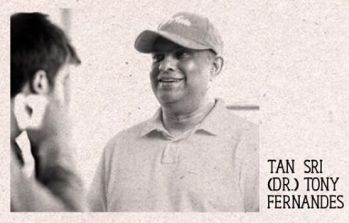
Source: Air Asia Annual Report 2015
The founder of Tune Air Sdn Bhd that bought Air Asia over in 2001 and build in from a heavily in debt low-cost carrier to a company that is now with an annual revenue of RM6.30billion is just inspiring. The corporate figure is no doubt a great business figure to look up to. He is not only an inspiration to me but also acts as a role model for me towards being a good leader. Apart from being a good corporate leader in his achievement, Tan Sri Tony Fernandes leads by example in being down to earth to his employees, making sure that they all work as a team and also giving each of them an opportunity to expand themselves. This can be seen through Air Asia’s All Stars which is what the employees call themselves. This phrase ‘All Stars’ further gives a sense of identity to the employees of the company which I find is very important in a way that they would be able to feel connected and to perform their best (ABS-CBN News 2015).
We will always think that we are right until someone points out saying that you’re wrong. That’s why feedback is important because it helps you to learn and grow. When we receive feedback, no matter positive or negative, it is giving us an opportunity to improve ourselves (Wyse 2015). Feedback I got from my colleagues is sometimes I’m too demanding. I always assume people to be there for me, to assist me immediately whenever I seek for help even though I know that they’re busy. Getting feedback has helped me to realize my mistake. I need to be more understanding and more patient by controlling my emotions in order to be a better person and a good leader.
Good leaders share a common goal which is to inspire to change for the better (Sena 2015). There are lots of leaders in the world but only a handful would bring change to a company; change for the better.
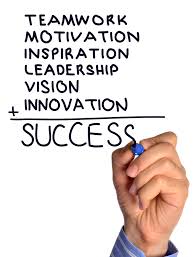
All in all, leadership is just a part of the factors to be successful as illustrated from the picture above. It is not only a leader that defines the success of the company but the attributes of being a leader. One that is able to bring together teamwork, motivates his subordinates, inspiring them with vision and innovation to the company would add up the formula in bringing success to the company.
Nevertheless, a great leader would be like what Tony Fernandes has put it, ‘A great leader is not someone who stays forever but builds the next leadership team that will make it better’. It is crucial that a next generation of leadership is trained and built so that the company does not only rely on one person but has the ability to continue to grow with a team of new leaders when the present one retires.
(751 words)
List of references
ABS-CBN News (2015) Air Asia CEO: Positive thinker, unusual leader [online] available from < http://news.abs-cbn.com/business/11/18/15/airasia-ceo-positive-thinker-unusual-leader > [12 November 2016]
Air Asia (2015) ‘Annual Report’ [online] available from < http://www.airasia.com/my/en/about-us/interactive-annual-report-2015.page > [12 November 2016]
Sena. M. (2015) 9 of the most inspiring acts of leadership [online] available from < http://fortune.com/2015/03/26/inspirational-acts-of-leadership/ > [12 November 2016]
Wyse. S. E. (2015) 5 reasons why feedback is important (online) available from < http://www.snapsurveys.com/blog/5-reasons-feedback-important/ > [18 November 2016]
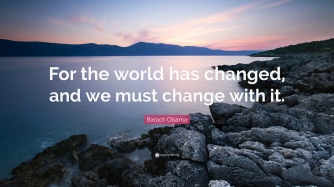
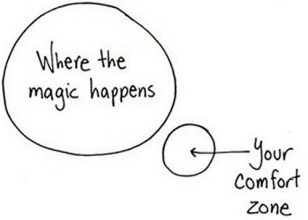
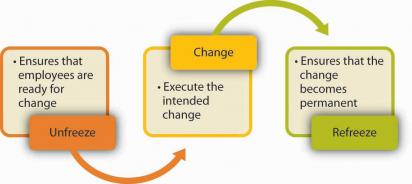
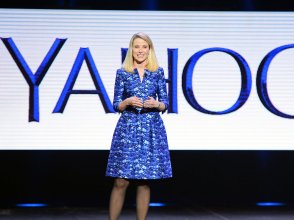
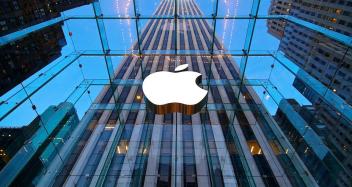
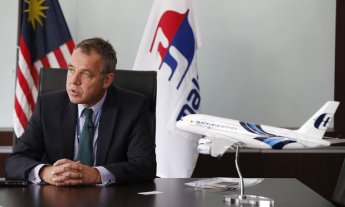 Christoph Mueller
Christoph Mueller![±M³XPICT Group MD®³·þ»¯¤åÄ£ ¡]°OªÌ¡G¶À¨q¤ª¡^¡]Äá¼v¡G³¯ªY·u¡^](https://nicoletcx.files.wordpress.com/2016/10/dato-michael-tio_photo-1.jpg?w=345&h=230) Dato’ Michael Tio
Dato’ Michael Tio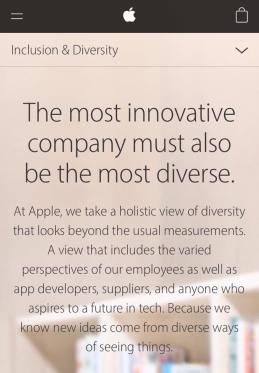 Sources: Apple 2016
Sources: Apple 2016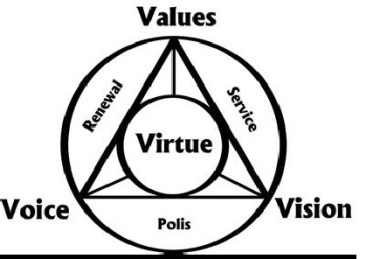
 Sources: H&M 2015
Sources: H&M 2015